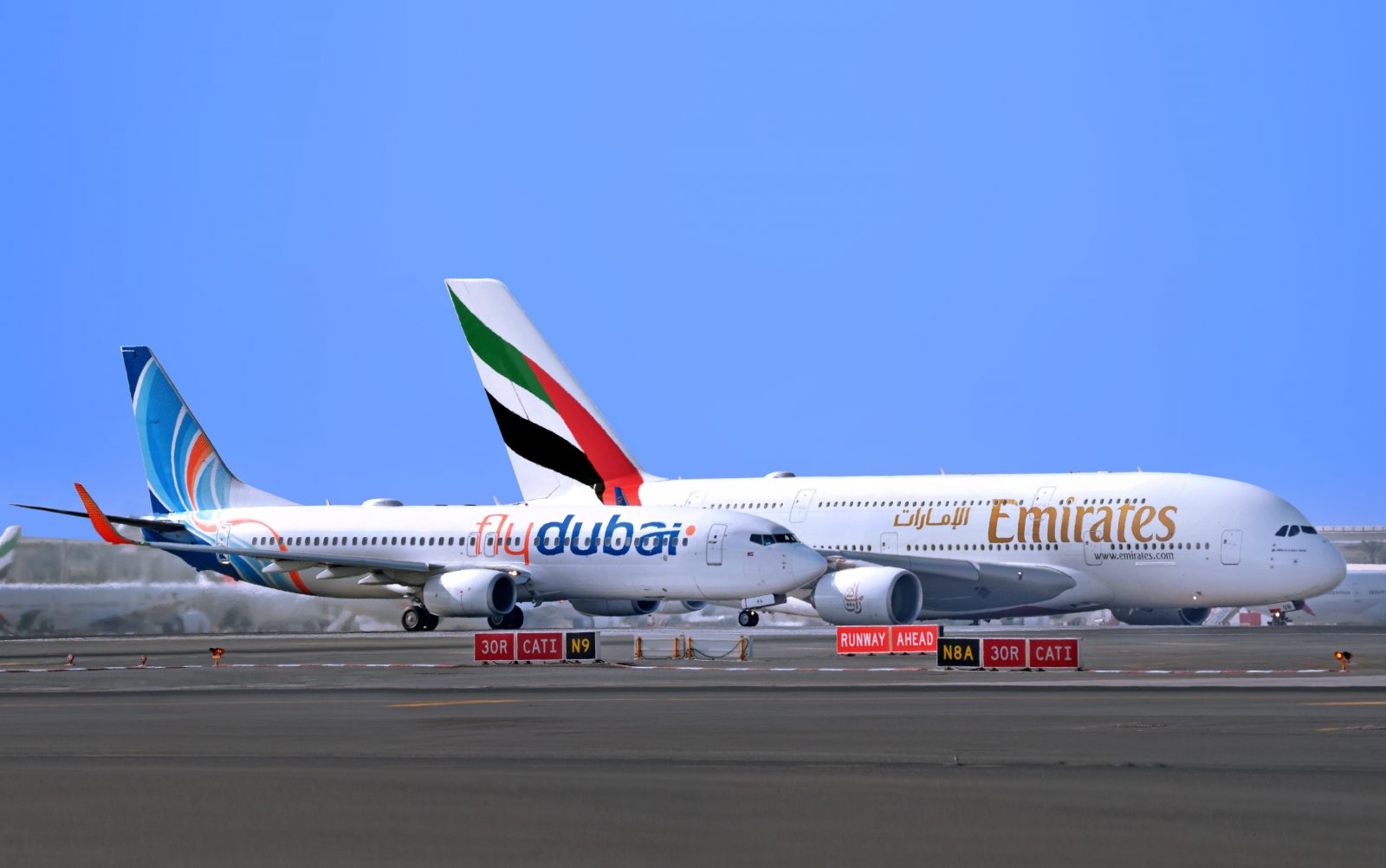
Emirates has this morning released its annual financial results for 2017/2018, posting a $1.1 billion (USD) profit for the Emirates Group, which includes the international airline and Dnata, a global aviation ground handling company. The results mark the 30th consecutive year that Emirates, which is made up of 80 brands in total, has recorded a profit.
The healthy margins resulted in the Emirates Group announcing a profit share worth the equivalent of five weeks basic pay for all 103,360 employees at the airline. Sheikh Ahmed bin Saeed Al Maktoum, the Chairman and Chief Executive of Emirates said last years financial performance had made him, as well as the whole of Dubai “Immensely proud”.
In an internal memo sent to staffers, Sheikh Al Maktoum explained: “Last year, the financial backdrop prevented us from setting a profit share target. But our financial performance has made me, the Group and Dubai immensely proud of your talents, passion and commitment.”
He went onto say: “It gives me immense pleasure to declare a profit share of five weeks – this will be credited in your May Salary.” The Emirates Group is aiming for a profit share valued at 4.5 billion Dirhams in 2018-2019.

But Sheikh Al Maktoum struck a reserved tone in public comments, saying business conditions, while improved, still remained “tough”. He cited global political instability, currency volatility, ongoing currency issues in Africa, and rising oil prices as causes for concern for the year ahead.
Aviation fuel prices have increased sharply by 15% in the last year, acting as a double-edged sword for the Persian Gulf airline. While the recovery in the oil market has helped business travel in the region, Emirates saw its fuel price rise “substantially” by 18% to $6.7 billion in the last financial year.
Fuel remains the largest operating cost for the airline, accounting for 28% of costs – up from 25% in 2016/2017.
Despite rumours of grounded aircraft and route closures, Emirates flew a record 58.5 million passengers last year (up 4% on the previous year). The seat load factor, which is a measure of how many seats on any given flight have been sold and occupied, was up a modest 2.4 points to 77.5%.
Emirates said it had managed to increase yield per passenger despite what it called “downward pressure on margins from relentless competition.”
Workforce numbers drop as airline grapples pilot shortage
The Emirates Group also confirmed its total workforce headcount had dropped by 2% to 103,363 in the last 12-months. It said this supported “overall productivity improvement initiatives”
“In 2017-18, our reduced recruitment activity, coupled with restructured ways of working gave us gains in productivity, and a slowdown in manpower cost increases,” explained Sheikh Ahmed.
Yet only yesterday, Reuters was reporting more concerns from insiders who claim the airline is struggling to fully staff some flights due to a spate of resignations from pilots and cabin crew. There are some reports that Emirates will be forced to ground dozens of aircraft this summer due to the pilot shortage.
In the last few weeks, Emirates has started a massive recruitment campaign for both pilots and cabin crew.
Mateusz Maszczynski honed his skills as an international flight attendant at the most prominent airline in the Middle East and has been flying ever since... most recently for a well known European airline. Matt is passionate about the aviation industry and has become an expert in passenger experience and human-centric stories. Always keeping an ear close to the ground, Matt's industry insights, analysis and news coverage is frequently relied upon by some of the biggest names in journalism.







